Heat Transfer Coefficient
The heat transfer coefficient can be defined by Newton’s Law of Cooling.
Convective heat transfer rate, it is equal to h, which is the heat transfer coefficient multiply, A which is the surface area times the temperature of the surface minus the temperature of the fluid. H is a function of so many different things, such as fluid properties,the geometry,the velocity,etc.
There are lots of correlations to calculate the HTC. In the following, HTC correlations that you can calculate in TwinAPI are explained and how they are calculated.
The reynolds number calculation and heat transfer coefficient library must be imported. To import fluid,it should be written;
1from TwinAPI.EngineeringParameters import ReynoldsNumber as Re
2from TwinAPI.MaterialLibrary.Fluids import *
3import TwinAPI.EngineeringFunctions.Physics.HeatTransfer.htc_functions as htc
1.External
The external flow is such a flow in which boundary layers develop freely, without constraints imposed by adjacent surfaces. Examples include fluid motion over a flat plate (inclined or parallel to the free stream velocity) and flow over curved surfaces such as a sphere, cylinder, airfoil, or turbine blade, water flowing around submarines, and air flowing around a truck.
1 Fluid = Water
2 Temperature = 10 + 273
3 Pressure = 1e5
4 #density - kg/m^3
5 rho = Fluid.Density(Temperature, Pressure, 'SI')
6
7 #Viscosity (Dynamic) - kg / m*s
8 mu = Fluid.DynamicViscosity(Temperature, Pressure, 'SI')
9
10 #Viscosity (Kinematic) - m^2 / s
11 nu = Fluid.KinematicViscosity(Temperature, Pressure, 'SI')
12
13 k = Fluid.Conductivity(Temperature, Pressure, 'SI')
14 cp = Fluid.SpecificHeat(Temperature,Pressure, 'SI')
15
16 Pr = Fluid.PrandtlNumber(Temperature, Pressure, 'SI')
1.1. Flat Plate
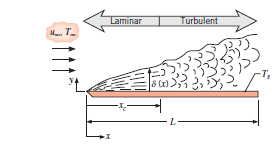
- class TwinAPI.EngineeringFunctions.Physics.HeatTransfer.htc_functions.External.FlatPlate(is_Mixed, is_Local, Re, Pr, x, k, **Opt)
1 # problem specific variables
2 Velocity = 1.0 # m / s
3 Length = 1 # m
4
5 ReKin = Re.Kinematic(Velocity, Length, nu)
6
7 htc = htc.External.FlatPlate(True, True, ReKin, Pr, Length, k)
1.2. Cylinder
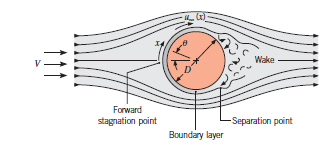
- class TwinAPI.EngineeringFunctions.Physics.HeatTransfer.htc_functions.External.Cylinder(Re, Pr, k, D)
1Velocity = 1.0 # m / s
2
3Diameter = 1 # m
4
5ReKin = Re.Kinematic(Velocity, Diameter, nu)
6
7htc = htc.External.Cylinder(ReKin, Pr, k, D)
1.3. Sphere
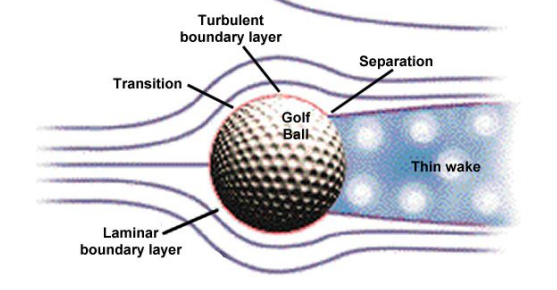
- class TwinAPI.EngineeringFunctions.Physics.HeatTransfer.htc_functions.External.Sphere(Re, Pr, mu, mu_s, k, D)
1Velocity = 1.0 # m / s
2
3Diameter = 1 # m
4
5ReKin = Re.Kinematic(Velocity, Diameter, nu)
6
7htc = htc.External.Sphere(ReKin, Pr, mu, mu_s, k, D)
1.4. Impinging Jets
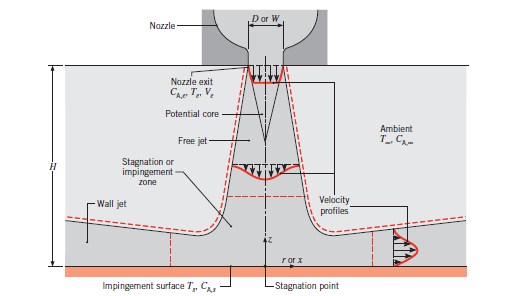
- class TwinAPI.EngineeringFunctions.Physics.HeatTransfer.htc_functions.External.ImpingingJets(is_Round, is_Single, Re, Pr, A_r, H, D_h, k)
1htc = htc.External.ImpingingJets(is_Round, is_Single, Re, Pr, A_r, H, D_h, k)
2.Internal
The internal flow configuration represents a convenient geometry for heating and cooling fluids used in chemical processing, environmental control, and energy conversion technologies.
2.1. Cylinder
There should be some explanation about internal cylinder parameters.
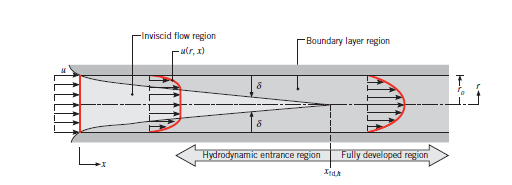
- class TwinAPI.EngineeringFunctions.Physics.HeatTransfer.htc_functions.Internal.Cylinder(Re, T_f_Re_D, Pr, L, D, mu, mu_s, k, is_HydrodynamicallyDeveloped, is_ThermallyDeveloped, n, **kwargs)
Re:Reynolds Number
T_f_Re_D=Film Temperature Reynolds Number
Pr=Prandtl Number
L=Pipe Length
D=Pipe Diameter
mu=Viscosity
k=Thermal Conductivitity(Fluid)
is_HydrodynamicallyDeveloped=Hydrodynamic Developed Check(True or False)
is_ThermallyDeveloped=Thermodynamic Developed Check(True or False)
- n=If the Fluid is cooler; 0.3
Fluid is heater;0.4
1htc = htc.Internal.Cylinder(Re, T_f_Re_D, Pr, L, D, mu, mu_s, k, is_HydrodynamicallyDeveloped, is_ThermallyDeveloped, n,**kwargs)
3.Free
3.1. Vertical Plate
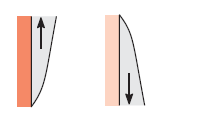
- class TwinAPI.EngineeringFunctions.Physics.HeatTransfer.htc_functions.Free.vertical_plate(self, Ra, Pr, k, L)
1htc = htc.vertical_plate.FlatPlate(Ra, Pr, k, L)
3.2. Inclined Plate
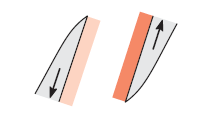
- class TwinAPI.EngineeringFunctions.Physics.HeatTransfer.htc_functions.Free.inclined_plate(self, Ra, Pr, theta, k, L)
1htc = htc.Free.inclined_plate(Ra, Pr, theta, k, L)
3.3. Cylinder Plate

- class TwinAPI.EngineeringFunctions.Physics.HeatTransfer.htc_functions.Free.Cylinder(self, Ra, Pr, k, D)
1htc = htc.Free.Cylinder(Ra, Pr, k, D)
3.4. Sphere Plate

- class TwinAPI.EngineeringFunctions.Physics.HeatTransfer.htc_functions.Free.Sphere(self, Ra, Pr, k, D)
1htc = htc.Free.Sphere(Ra, Pr, k, D)
3.5. Horizontal Plate
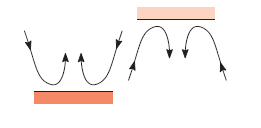
- class TwinAPI.EngineeringFunctions.Physics.HeatTransfer.htc_functions.Free.horizontal_plate(self, Ra, C1, n1, k, L)
1htc = htc.Free.horizontal_plate(Ra, C1, n1, k, L)
3.6. Falling Drop Plate
- class TwinAPI.EngineeringFunctions.Physics.HeatTransfer.htc_functions.Free.falling_drop(self, is_Mixed, is_Local, Re, Pr)
1htc = htc.Free.falling_drop(is_Mixed, is_Local, Re, Pr)
Reference:Theodore L. Bergman, Adrienne S. Lavine, Frank P. Incropera, David P. DeWitt - Fundamentals of Heat and Mass Transfer-Wiley (2017)